Static ORing Sealing Parker Hannifi n Corporation • ORing Division 2360 Palumbo Drive, Lexington, KY Phone (859) † Fax (859) wwwparkeroringscom Parker ORing Handbook This type of crush seal is used where cost and ease of machining are important The ORing is confi ned in a triangular recess made by machining aThe oring gland design is very simple for face seals Simply cut out a circular groove into one of the plates and leave the other plate completely flat, the groove will have a square/trapezoidal cross section and the dimensions are conveniently already calculated and laid out in tables in the Parker Oring HandbookOring Groove Design in 3 easy steps Step 1 Choose whether you are working with existing hardware or designing new hardware Select the type of Oring groove piston, rod, face seal or trapped seal If the Oring size required is known, simply select the AS, BS or ISO standard (such as AS568) and enter the dash size reference
Www Hitechseals Com Includes Pdf O Ring Brochure Pdf
O-ring face seal groove design
O-ring face seal groove design-Oring Vacuum Seal Dovetail &Design is a worldclass seal &



Www Hitechseals Com Includes Pdf O Ring Brochure Pdf
XRing Seals and high performance ORing material groove design follows the same principals as basic ORing applications, although require even more attention to design adjustments for specific application environments for optimal sealing performance and lifeThread Sealant Vulcanized ORings ORing Splice Kits &Oring housing data for piston and piston rod sealing applications Type C Type D (0059) (0063) (0070) (0079) 2,40 (0094) 250 (0098) 2,62 (0103) 3,00 3,50 (0138) 3,53 (0139) 4,00 (0157) 5,00 (0197) 5,34 (0,210) (0224) 6,99 (0275) (0331) internal pressure 1
O'ring Groove Design As important as the o'ring seal itself is the groove that the o'ring seats into The groove must be designed to accommodate not just the o'ring size, but also its intended usage;For a bore (piston) seal QuadRing®The primary reason for using a Square Ring in a sealing application is that they perform the sealing function in a superior manner – and at a cost lower than any other comparable sealing device For existing applications, there is no need to change the design or procedures Square Rings fit in oring grooves and are interchangeable sizeforsize
ORing DimensionsParkerMeanNo 2 ID ±Seal assembly consists of an elastomer Oring and a gland An Oring is a circular crosssection ring molded from rubber (Figure 11) The gland — usually cut into metal or another rigid material — contains and supports the Oring (Figures 12 and 13) The combination of these two elements;The groove is in the 'ceiling' of the application, so I want that the oring is compressed into the groove to prevent it from falling out when the seal is opened The inside circumference needs to be sufficiently small to provide space for the oring to be squeezed



Seal Design O Ring Design O Ring Design Guide
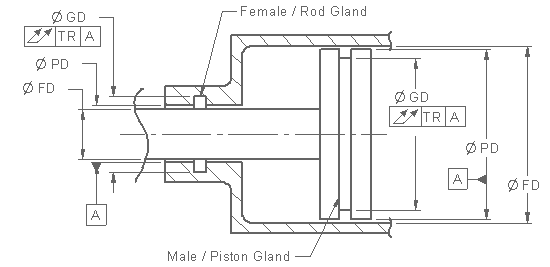



Metric O Ring Face Seal Groove Design
Design and dimension the groove that your Oring will go into by researching our Oring Groove Design guide Step 5 Choose a standard size AS568 Oring using this Oring Size Chart Otherwise contact us and we can custom mold any size or shape Oring you needDesign Considerations Hardware geometry and limitations are the first consideration A traditional Oring groove shape is rectangular and more wide than deep This allows space for the seal to be compressed, about 25% (for static sealing), and still have some excess room for the seal to expand slightly from thermal expansion or swell from theThe OSeal has a round cross section like an Oring However the footprint of the OSeal is designed to match the shape of the groove The primary advantage of the OSeal is custom molding to fit the exact groove, eliminating the concern that comes with bending stress at the corners A smaller corner radii can be used for the groove, allowing




Oring Ehandbook



Www Hitechseals Com Includes Pdf O Ring Brochure Pdf
Total indicator reading between groove and adjacent bearing surface All surfaces and corners must be free of tool marks and scratches ORing groove and dimensions may be calculated as follows (please refer to chart above) Given ExampleAS568B CS Depth Inches % Liquids Gases Radius004 to050Brand on the side of the groove opposite the pressure Click here for more information on face seal groove design Note the QuadRing®
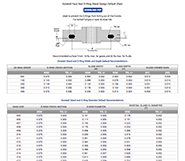



O Ring Groove Design Guides Engineering Quick Reference



1
10 ORING SEALS – THEORY AND DESIGN PRACTICES Theory An oring seal consists of an oring and a properly designed gland which applies a predictable deformation to the oring The gland is basically a groove dimensioned to a certain height "H" and width "W" (Figure 1) to allow a fixed compression of the oringThe three main types of standard groove designs are Industrial Static also called Radial, Industrial Reciprocating also called Dynamic, and Face Seals also called Axial or Flange Radial and Dynamic seals require the presence of a diametrical clearance gap for installationBrand Groove Diameter = Max Bore Diameter – (2 X Recommended Gland Depth) For a face seal QuadRing®
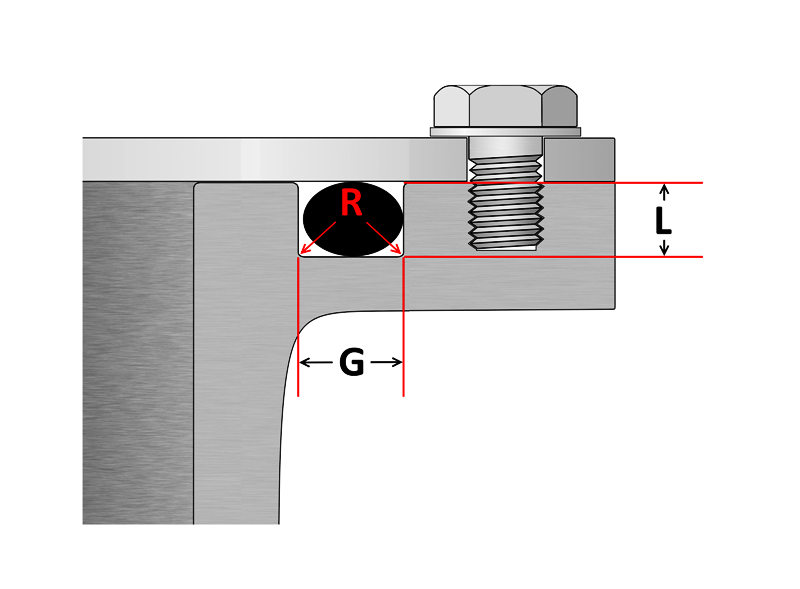



O Ring Groove Design Sealing Australia
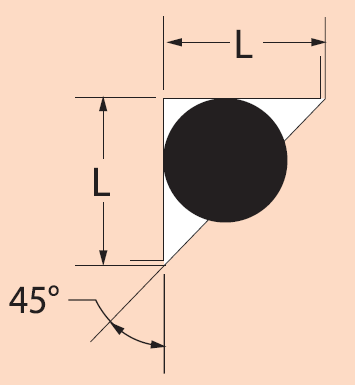



Triangular O Ring Grooves Mechanical Seal Engineering Eng Tips
Shop our custom seals, gaskets, orings and more Seal &The face seal design chart below explains the hardware dimensions to use for an Oring seal when the groove is cut into a flat surface For designing systems which contain internal pressure, like the example below, the groove's outside diameter (OD) is primary, and the groove's width then determines the inside diameterWARNING Gland Depth x Groove Width (area of the gland) must be larger than the cross section area of the oring (Pi x R^2)Otherwise many bad things will happen to your design Make sure the squeeze % is sufficiently high enough to seal, but low enough to allow dynamic movements
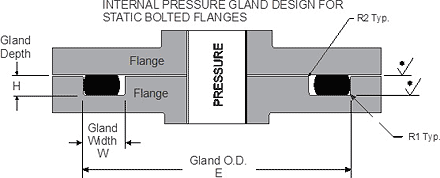



Static O Ring Face Seal Groove Design Guide
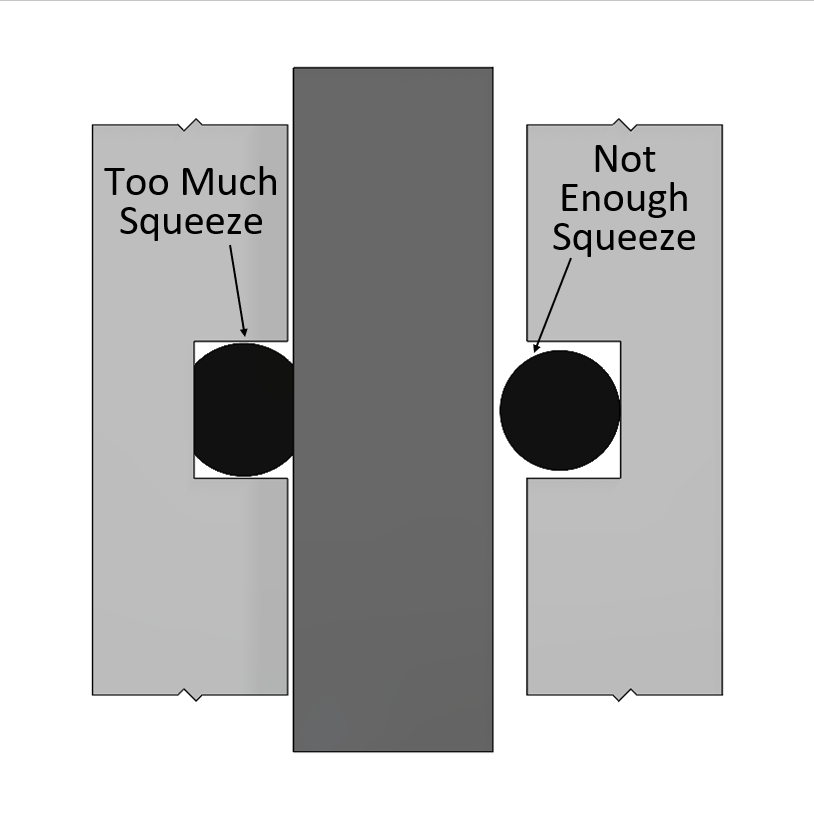



O Ring Design Considerations Marco Rubber Plastics Custom O Rings Supplier
Brand Groove Depth = Recommended Gland Depth – Application Clearance With a face seal, if the two surfaces to be sealed are in direct contact (such as with a cover), the seal groove depth is simply theStatic oring face seals, used for a wide variety of applications, come in many shapes and forms Whether you need bolted flanges or removable lids, this oring face seal groove design guide will help you choose the right oring for your application ORing Size Charts Oring, xring and square ring size chartsDesigning a noncircular radial oring seal I am working on a design that has some pretty tight space restrictions I've got a rectangular plate (with rounded corners, inside R012) that needs to seal a housing The sealing requirements are IP66 I know that using an oring in a weirdshaped groove is common for face seals




O Ring Metric Groove Design Seal Design Metric O Ring



Dovetail Gland Design Dovetail O Ring Groove Dovetail Glands
Oring groove design Our customer had a seal that leaked because the groove was oversized We found an existing seal which would solved the problem without the customer having to purchase a new tool Problem Solving Products, Inc 7108 S Alton Way, Unit I Centennial, Colorado (303)WOD (Ref)000 000 002 000 – † This groove width does not permit the use of Parbak rings For pressures above 1035 Bar (1500 psi), consult Design Chart 42 for groove widths where backup rings must be usedOne general guideline for good Oring application and design is to maintain a range of % sqeeze on the Oring (~1040% for static and no more than 30% for dynamic) No less than 75% of the seal crosssection should be contained within the groove to ensure the seal does not "roll" or extrude out of the groove




O Rings Designing




O Ring Groove Design Pdf Document
Reciprocating seals may be designed so as to permit or prevent rolling of the ring within the groove When the ring is allowed to roll within the groove, the breakaway force necessary to move the piston is usually lower;ORing Groove Design 1 The following sizes are not normally recommended for dynamic service, although special applications may permit their use 2 Clearances shown are based on 70 durometer materials The clearances must be held to an absolute minimum consistent with design requirements for temperature variations and should not exceed theDesigning Oring seals for low pressures, therefore, is not simply a matter of reducing the amount of squeeze it involves a delicate balancing of material hardness, dimensional tolerances, stress relaxation, and friction characteristics Material Hardness The initial phase of designing a lowpressure Oring seal is the same
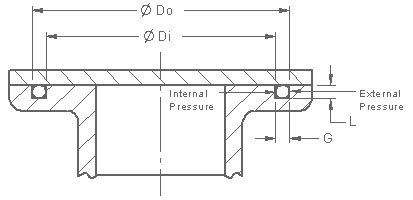



Gland Design Oringsusa
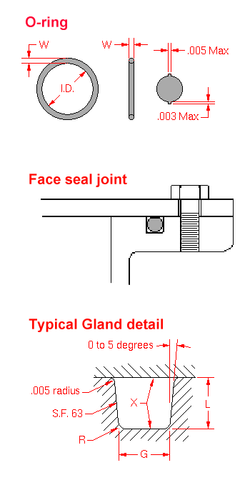



O Ring Wikipedia
Be it dynamic or static operation, radial or axial loading, vacuum or high pressure1 Male or Plug the Oring groove is located on a plug which is inserted into the housing or cylinder (fig 123) 2 Female or Tube the Oring groove is located in the housing or cylinder and a tube is installed through the Oring lD (fig 124) Male or Plug Seal design is based on the following factors (refer to fig 123) BoreDesigning the parts of an application where orings will be applied is broadly termed "oring groove design" In order to seal properly, the oring has to deform in the application by being compressed and stretched in any number of ways The design of the groove where the oring sits plays a major role in how the oring performs its sealing
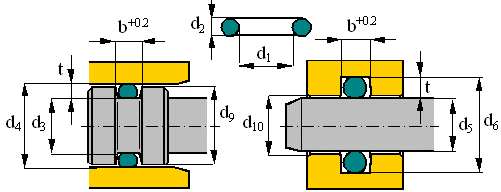



Sealcalc




O Ring Groove Design Dovetail Seal Design Inc
ERIKS standard ORings and load them also into your created design info chemical volume swell (%) cross section diameter (mm) ISO 3601 free Calculate Results Reset calculatorAs shown in above figure, an Oring also gets compressed axially in a dovetail groove The groove design allows the Oring to be retained in the axial/face seal during assembly and maintenance This is beneficial for special applications where the Oring has to be fixed by the groove eg a lid which opens regularlyThe Oring may be housed in a groove (rod seal) in the cylinder wall instead of a groove in the piston surface (piston seal) without any change in design limitations or seal performance Oscillating A valve spindle is an example of an oscillating application
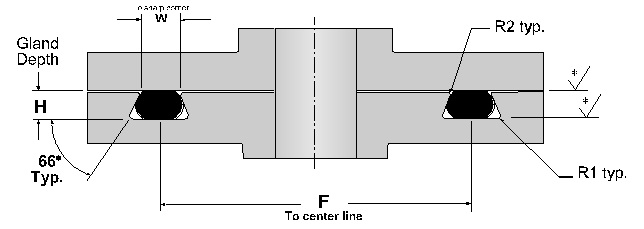



Dovetail O Ring Groove Design Guide A Basic Recommendations




O Ring Groove Design Standard As568b Seal Design Inc
Oring groove design is a key consideration in the oring selection process Browse design considerations and recommendations for static face seals, metric orings, static dovetail orings, static rodpiston orings and dynamic rodpiston oringsQUALITY SEALS GROOVE DIMENSIONS AND MACHINING CONSIDERATIONS 3 Grooves for Static vs Dynamic Seals A Static seal grooves are normally designed to have Between 15%25% squeeze on the ORing Static seals can tolerate higher volume swell of the O Ring than dynamic sealsStatic Radial ORing Gland Design In a static radial seal application the oring is squeezed between the inner ID and the outer OD surfaces of the oring, with no relative motion between parts of the gland that come in contact with the oring The table below lists recommended dimensions for static radial seal glands by AS568A oring dash



O Ring Cross Section O Ring Groove Design Data




O Ring Groove Design Seal Design Inc
Halfdovetail Grooves It is often necessary to provide some means for retaining an Oring in a face seal groove during assembly and maintenance An undercut or "dovetail" groove has proven effective in many applications to keep the Oring in place A dovetail groove, however, is expensive to machine and thusSTANDARD AS568B ORING GROOVE DESIGN The three main types of standard groove designs are Industrial Static, also called Radial, Industrial Reciprocating, also called Dynamic, and Face Seals also called Axial or Flange Radial and Dynamic seals require the presence of a diametrical clearance gap for installationOring seal The tables at the right and the diagram below provide the recommended gland design parameters In addition, the gland surfaces must be free from all machining irregularities, and the gland edges should be smooth and true and free of nicks, scratches, and burrs A perfectly designed Oring seal is of little use if the Oring



Dynamic Reciprocating Gland Design Dynamic O Ring Gland




Parker S O Ring Selector App Youtube
The Groove Width GW should therefore be about 15 times the ORing crosssection diameter to accomodate this axial expansion, Design Guidelines for Axial Seals ORing design for axial seals is similar to that for radial seals, with the important points summarized below The ORing must be compressed by a predetermined amount, and thisThe ORing Store LLC ORing Groove Chart ORing Cord Stock OSK™ Assorted ORing Kits OSK™ ORing Repair Kits OSK™ Hydraulic Seal Kits OSK™ Air Nailer ORing Kits ORing Lube ORing Tools AS568 ORings (Inch) Metric ORings (mm) OSK Pool, Spa &Dovetail grooves are used to hold the Oring in place during installation or maintenance This groove design is relatively uncommon as it is expensive to machine and should not be used unless absolutely required The dovetail groove construction is only recommended for Orings with cross sections of 139 inch (3,53 mm) and larger



Www Trelleborg Com Healthcare Media Tss Media Repository Healthcare And Medical Pdfs O Ring Gb En Pdf Rev Ad60cc2e6bf84a0eaaebeaa9d3 Hash F17dcfe5190b79c85d7f
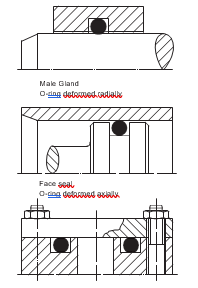



2 Design And Detail Information O Rings Stock O Ring Webshop
ORing Design Considerations What to Know About ORing Squeeze, Stretch, Compression, and More Our oring groove design guides list default oring groove dimensions for the most basic applications and are intended to be used with the following oring groove design considerations to engineer on oring gland to optimize specific application performanceBut some sacrifice must be made in the pressure limitations of the seal and also in the life of the sealThis type of oring flange design is based upon groove OD to limit the side movement of the ORing in the groove due to pressure direction Since the groove width is larger than the cross section of the ORing, then the design should be made for the ORing to have a snug fit on the grooved OD in order to limit ORing movement




Oring Ehandbook
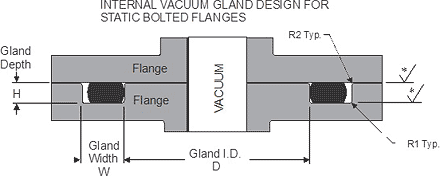



Static O Ring Face Seal Groove Design Guide
Brand inside diameter for the next step Calculate the Seal StretchIf you are designing a face seal, select the QuadRing®Gasket manufacturing and distribution company



Sae J1453 O Ring Face Seal Groove Size Chart Knowledge Yuyao Jiayuan Hydraulic Fitting Factory




O Ring Groove Design Seal Design Inc
ORing Seal Design AppleOring and gland — constitute the classic Oring seal assembly Groove BoreRubber Seals, Sealing Devices &




Seals Eastern O Ring Rod Seal Design Guideline
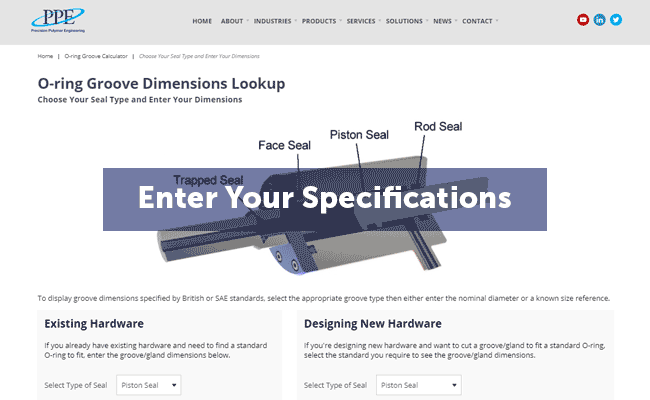



O Ring Groove Dimensions Calculator Precision Polymer Engineering
If you are designing a face seal, select the ORing with an inside diameter which will position the ORing on the side of the groove opposite the pressure Click here for more information on face seal groove design Note the ORing inside diameter for the next step Calculate the Seal StretchPump Orings Hydraulic Seals Inch ORing Glue &Gland Design for Static Application for Orings with Axial Squeeze Surface Finish X groove top and bottom for liquids X = 32 micro inches (08 μm Ra) • Gland Dimensions Static ApplicationFace Seal GlandsMetric W Oring Cross Section E Gland Depth F
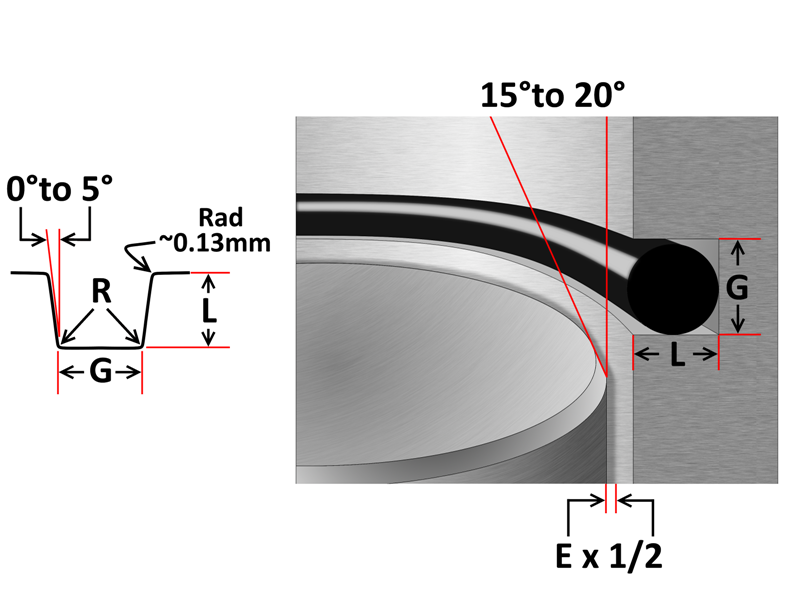



O Ring Groove Design Sealing Australia
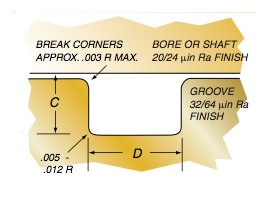



Groove Design Quad Ring Seals Minnesota Rubber Plastics
Groove Design Technical Data Static ORing Axial (Face Seal) Glands Gland Squeeze Groove Width Groove;Brand with an inside diameter which will position the QuadRing®If you are designing a face seal, select the ORing with an inside diameter which will position the ORing on the side of the groove opposite the pressure Click here for more information on face seal groove design Note the ORing inside diameter for the next step Calculate the Seal Stretch




O Ring Groove Depth T O Ring Groove Width B Radial An Axial O Ring Fitting




Metric O Ring Groove Design Reference Guide
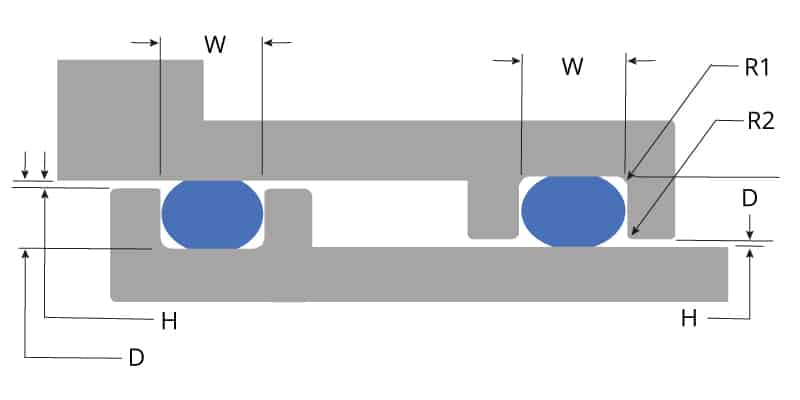



O Ring Groove Design Global O Ring And Seal
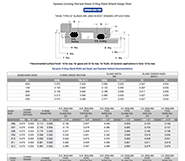



O Ring Groove Design Guides Engineering Quick Reference



Groove Design Gland Design O Ring Groove Gland Design
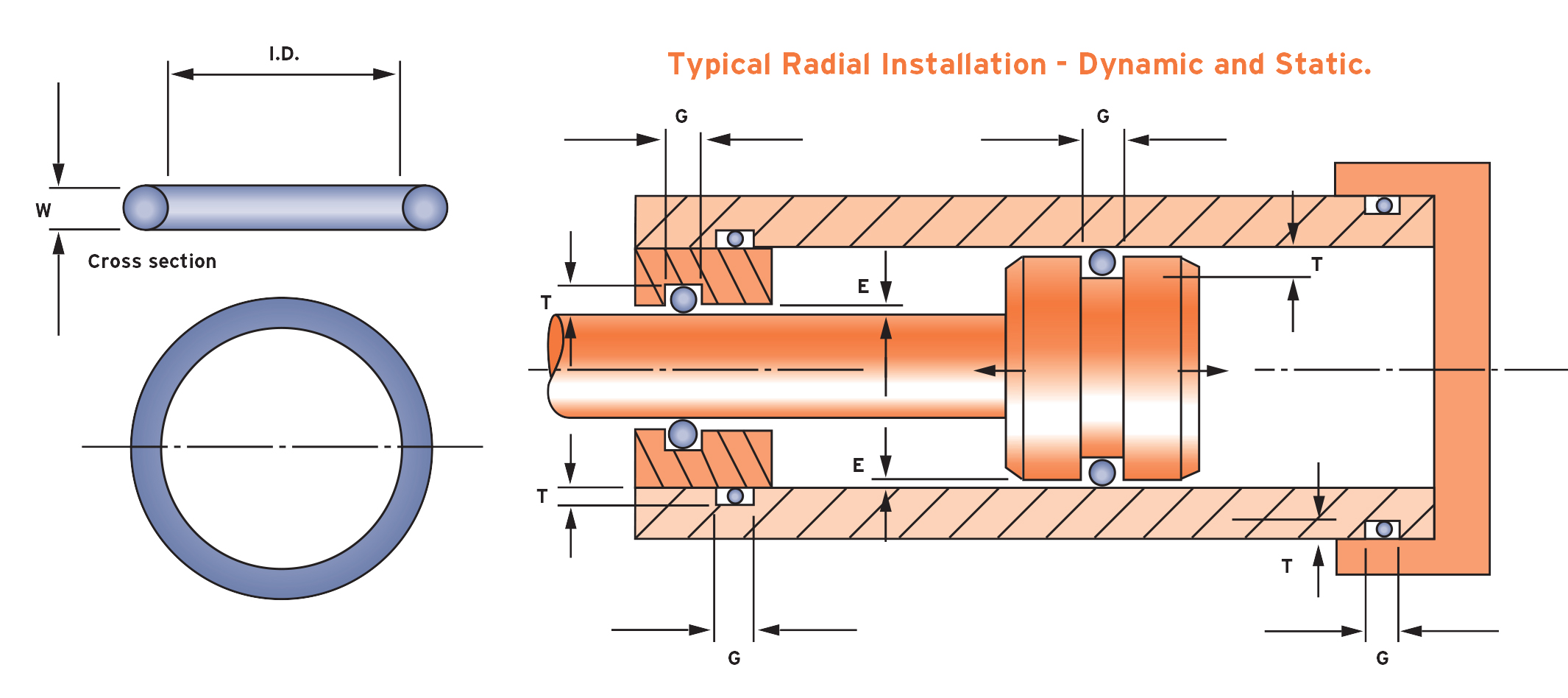



What Is An O Ring Selection Material And Storage Barnwell



1




O Rings An Overview Sciencedirect Topics
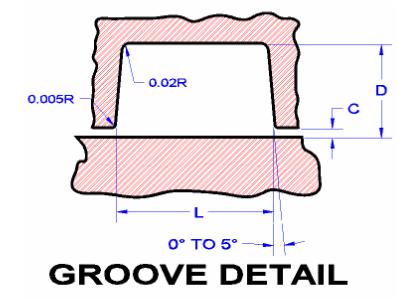



Seals Eastern O Ring Rod Seal Design Guideline




Fep O Rings Trelleborg Sealing Solutions
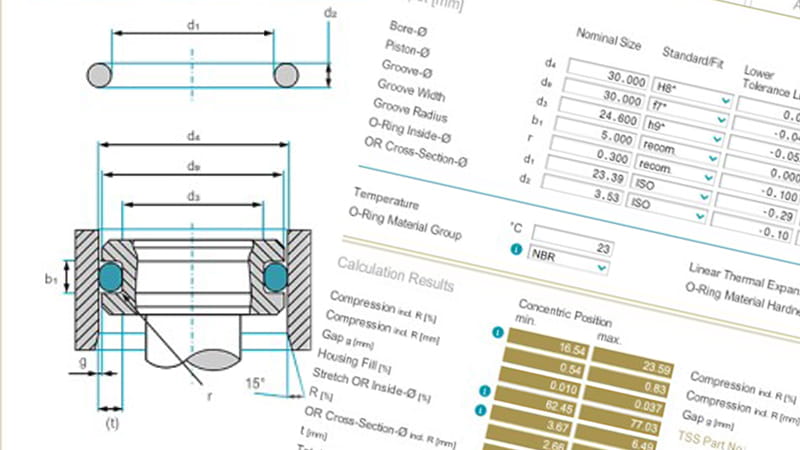



O Rings For Oil Gas Applications Trelleborg




Ring Seal An Overview Sciencedirect Topics
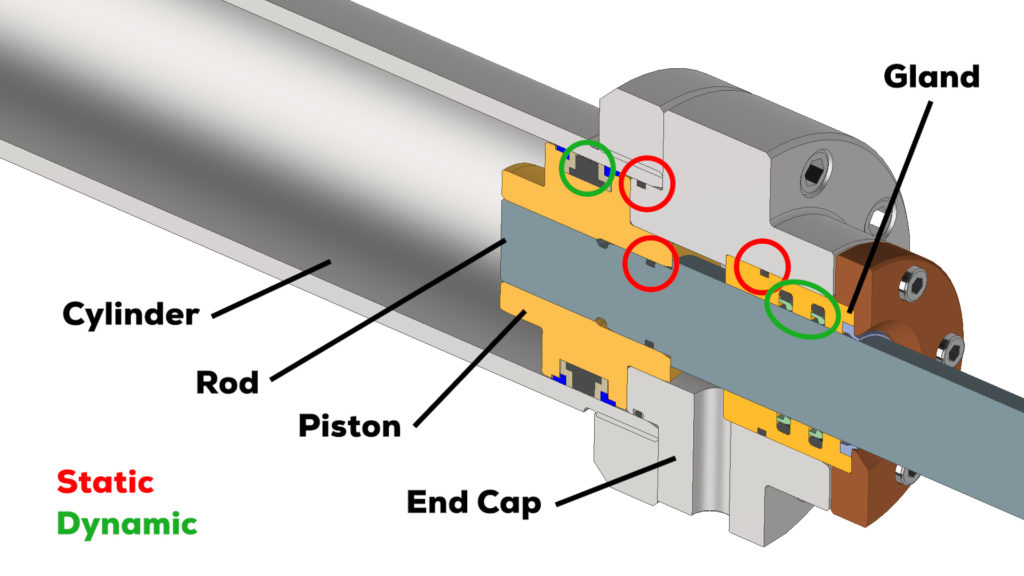



O Rings O Yeah How To Select Design And Install O Ring Seals Tarkka
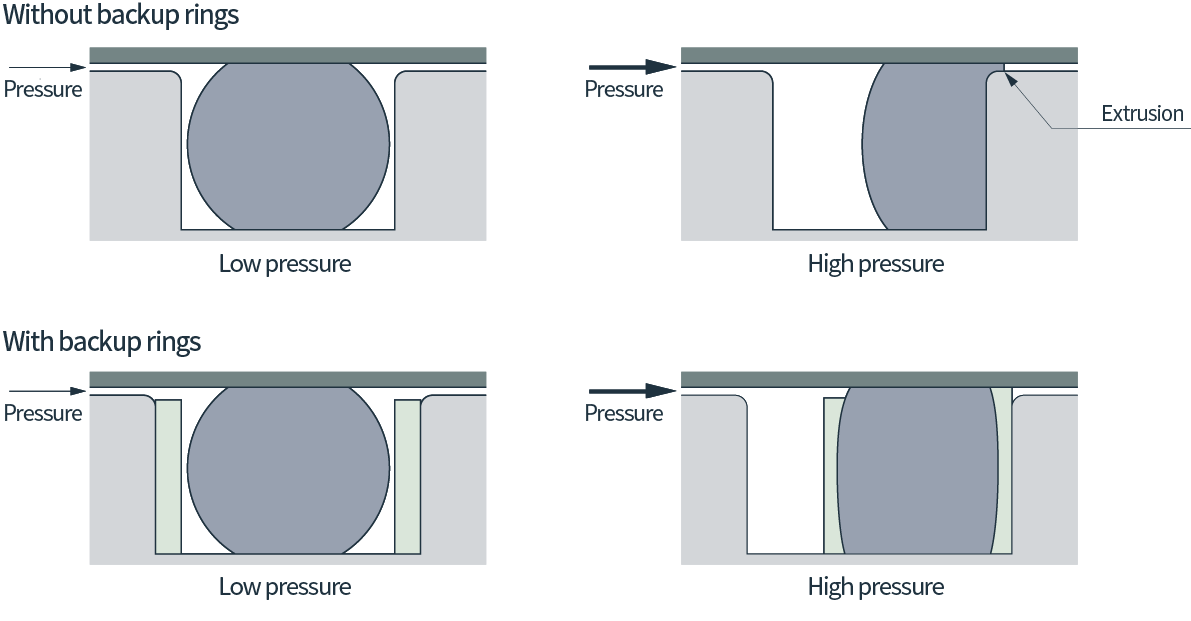



Basic Knowledge Sealing Business Air Water Mach Inc
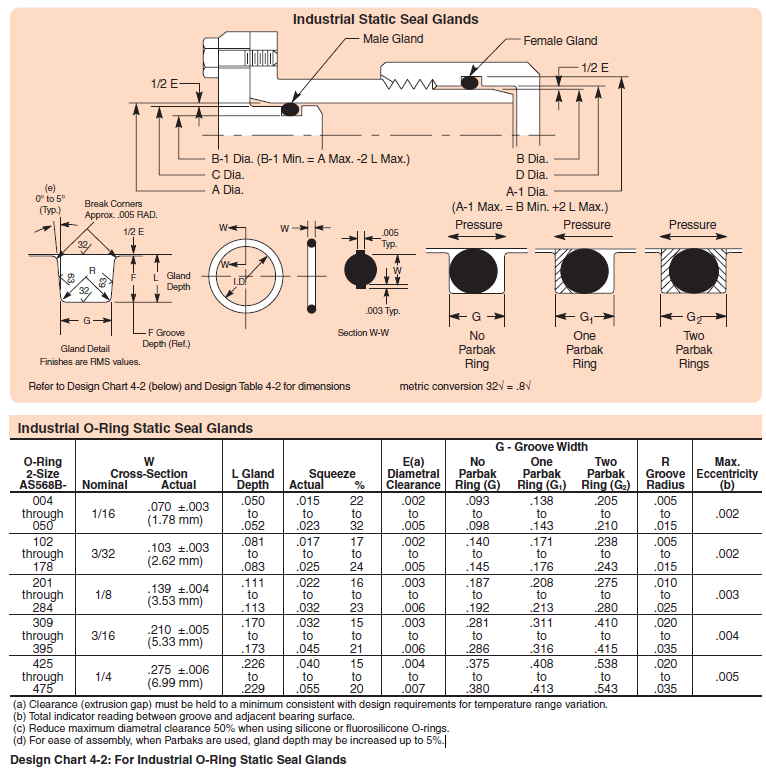



Designing Axial Static O Ring Grooves To Industry Standards Grabcad Tutorials



Buy O Rings Seals Custom Molded Rubber Engineered Plastic All Seals
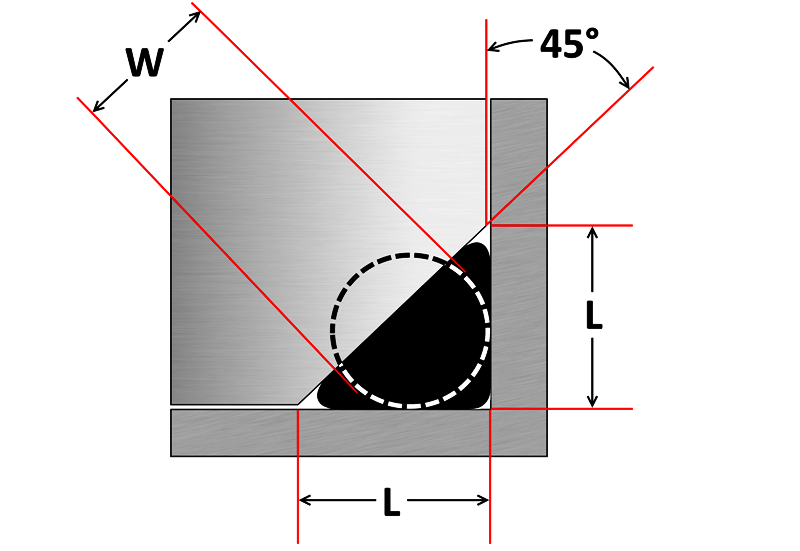



O Ring Groove Design Sealing Australia
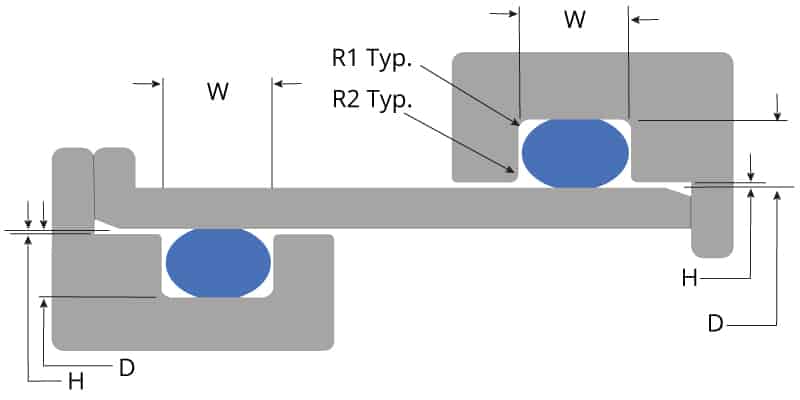



O Ring Groove Design Global O Ring And Seal
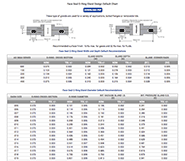



O Ring Groove Design Guides Engineering Quick Reference
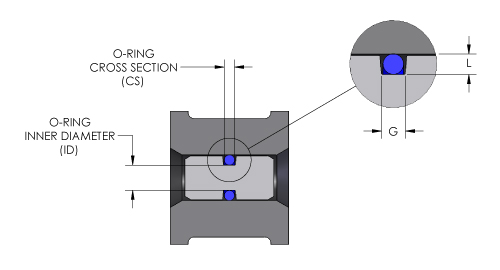



O Ring Groove Design O Ring Groove Dimensions Mykin Inc
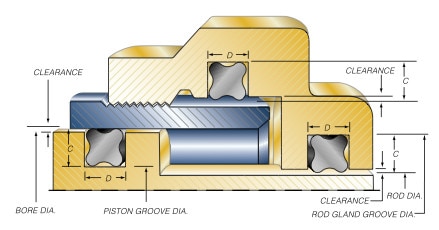



Groove Design Quad Ring Seals Minnesota Rubber Plastics



1




Buna O Ring O Ring In Houston And Minneapolis Dichtomatik
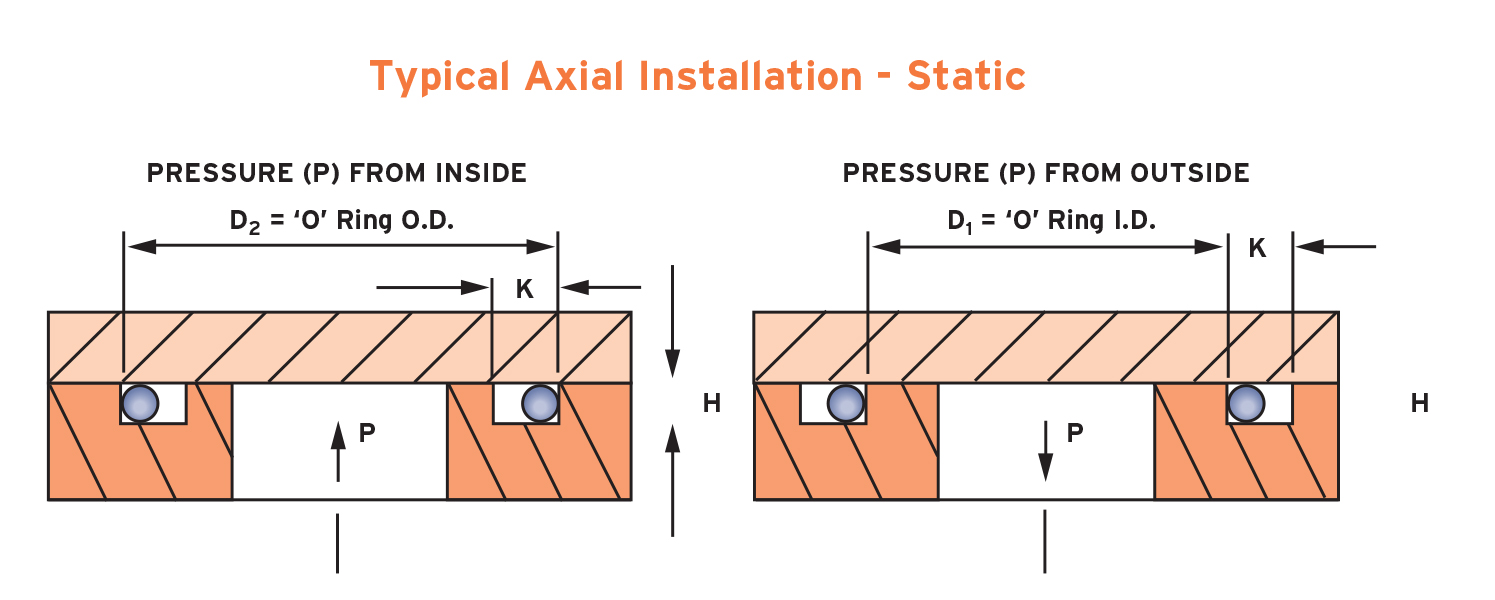



What Is An O Ring Selection Material And Storage Barnwell
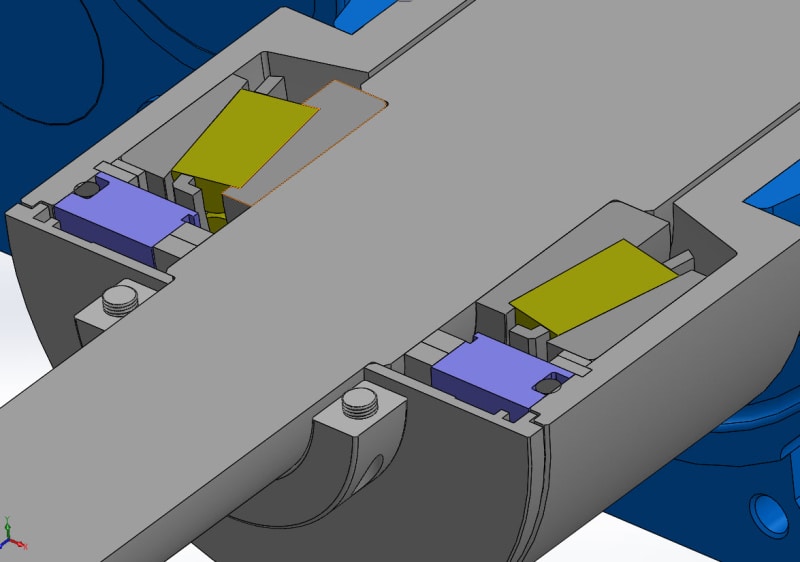



Help With O Ring Groove Design Static Radial Mechanical Engineering General Discussion Eng Tips




Design Of Oring Seals Design Of Oring Seals



Www Hitechseals Com Includes Pdf O Ring Brochure Pdf
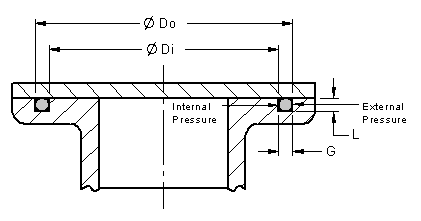



O Ring Installation Design And Specification Static Flange Application Engineers Edge




How To Use An O Ring In A Non Circular Groove Pattern
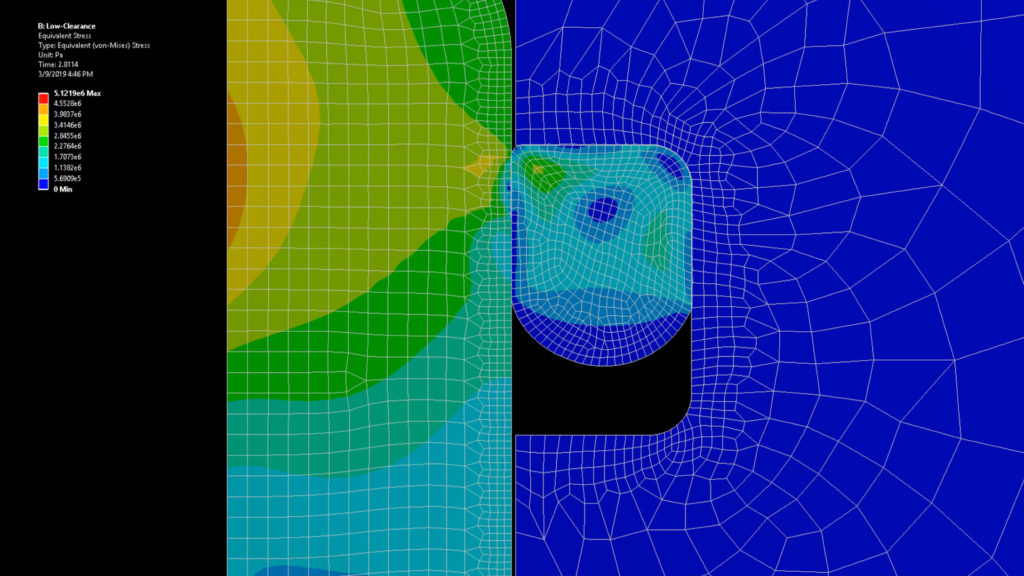



O Rings O Yeah How To Select Design And Install O Ring Seals Tarkka
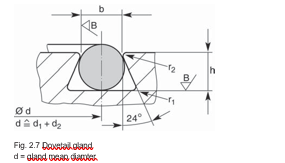



2 Design And Detail Information O Rings Stock O Ring Webshop
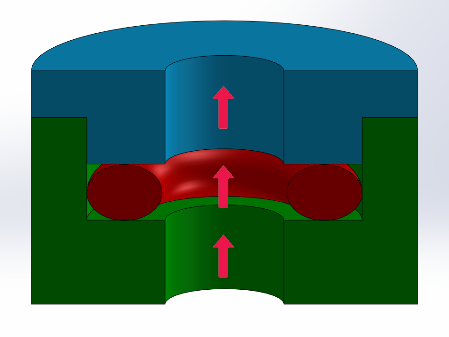



4 Common Mistakes In Designing For An O Ring Axial Face Seal Hot Topics




Design Of Oring Seals Design Of Oring Seals
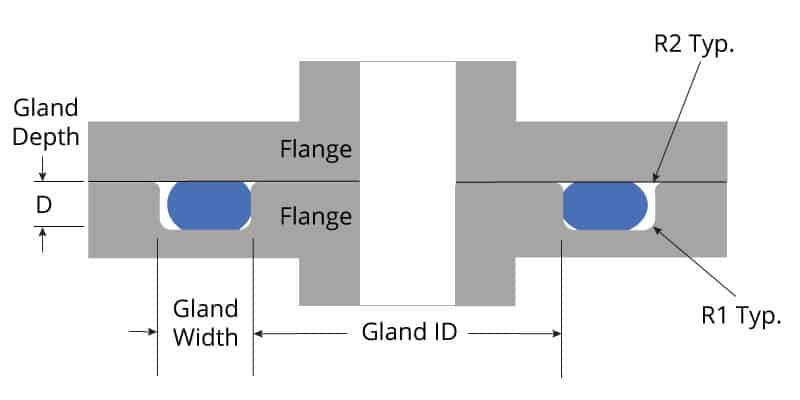



O Ring Groove Design Global O Ring And Seal
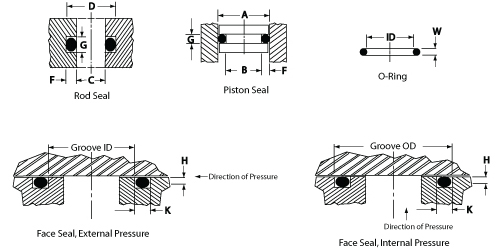



O Ring Groove Design Daemar Inc



O Ring Info En O Ring Oring Handbook Eriks Sealingelements Technicalhandbook O Rings Oringapplications Pdf
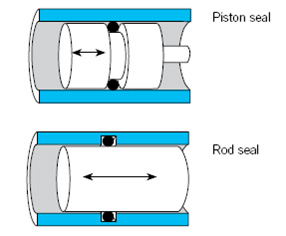



O Ring Gland Design Guide Oringstore Com
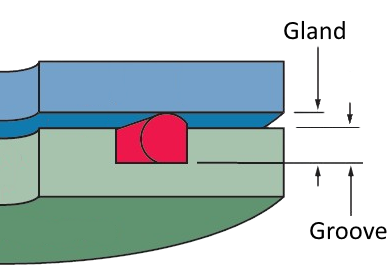



4 Common Mistakes In Designing For An O Ring Axial Face Seal Hot Topics
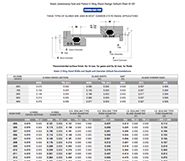



O Ring Groove Design Guides Engineering Quick Reference
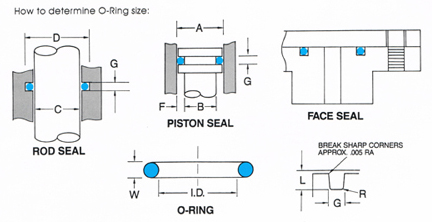



O Ring Groove Design




American Seal Packing General Design And Gland Dimensions
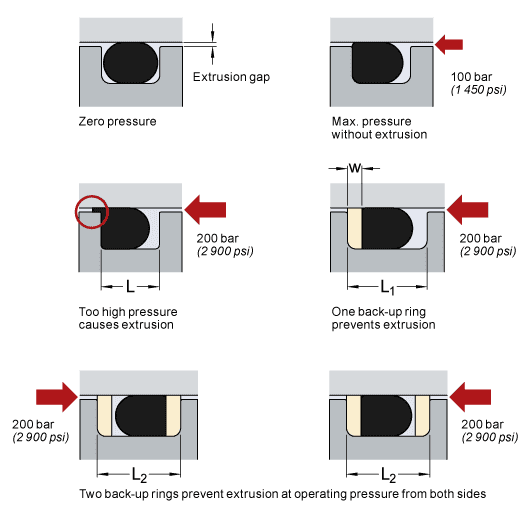



O Rings And Back Up Rings Skf Skf
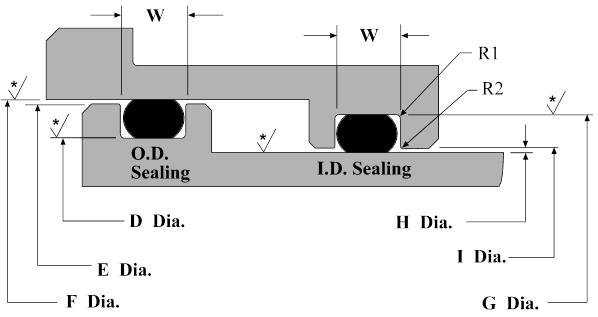



Dynamic O Ring Groove Design Guide A Rod And Piston Glands




History Of The Iso 3601 Series Of Standards For O Rings Fluid Power Journal
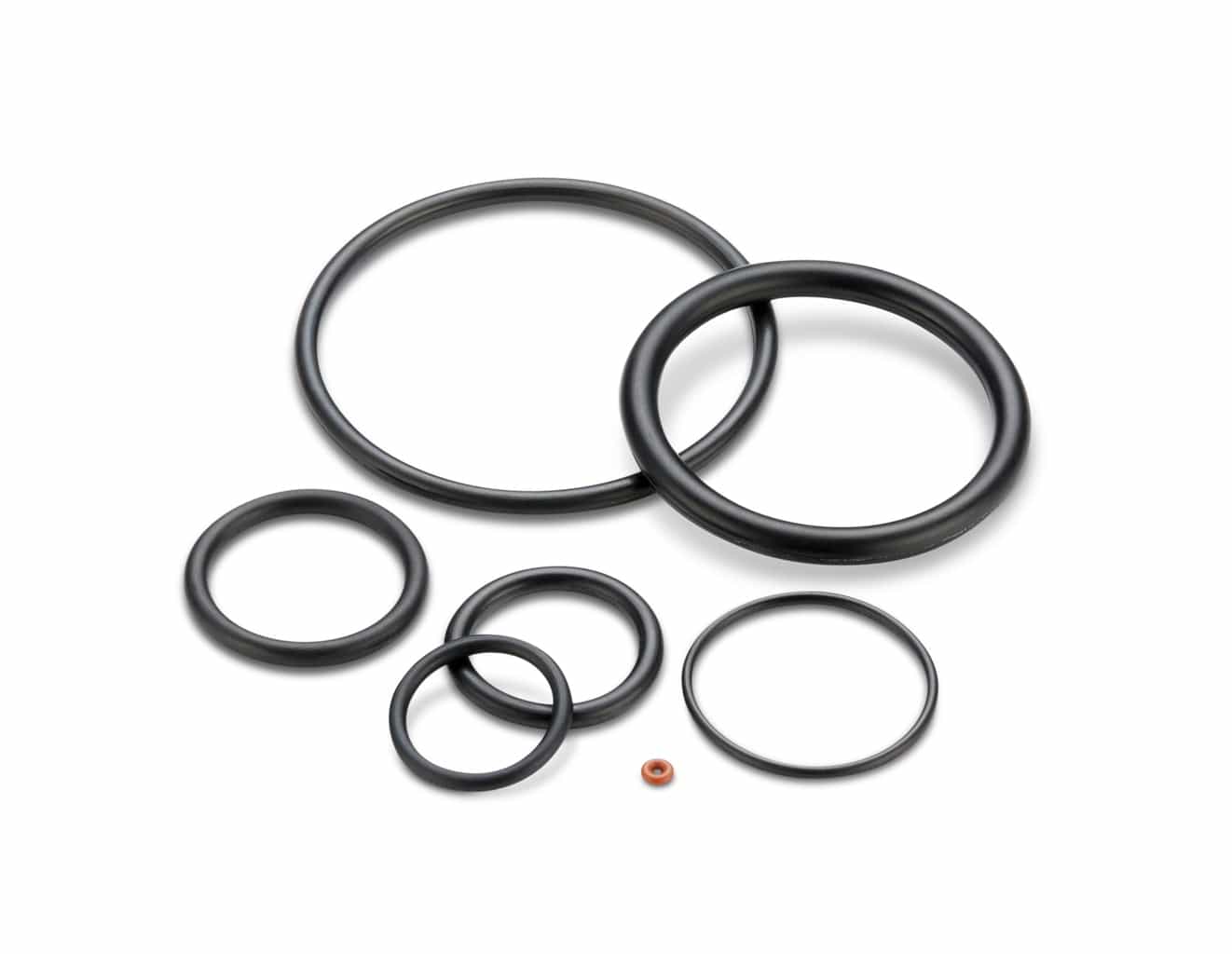



Groove Design O Ring Seals Minnesota Rubber Plastics




What You Need To Know About Designing Axial Seals Hot Topics




Ficient Design Static O Ring Groove Design Mechanical Engineering




Oring Ehandbook



1



Dynamic Rotary Gland Design Dynamic O Ring Gland
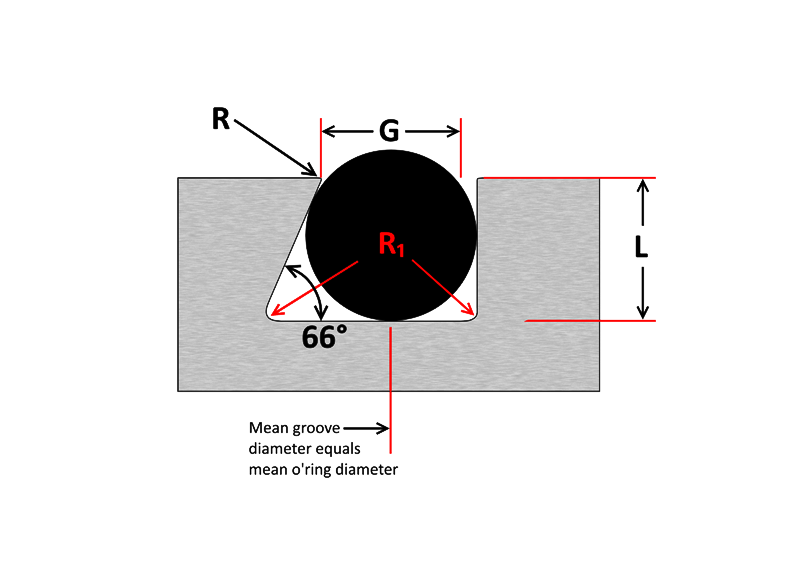



O Ring Groove Design Sealing Australia




Ruander Com Quick O Ring Groove Design Guide



Www Trelleborg Com Healthcare Media Tss Media Repository Healthcare And Medical Pdfs O Ring Gb En Pdf Rev Ad60cc2e6bf84a0eaaebeaa9d3 Hash F17dcfe5190b79c85d7f



Untitled Document




Efunda Introduction To O Rings




O Ring Groove Design Rubber Shop




How To Design An O Ring Groove Vizeng




Oring Ehandbook
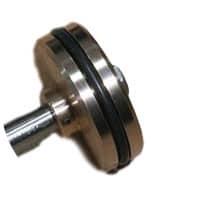



O Ring Groove Design Global O Ring And Seal




Eriks Technical Manual O Ring Gland Design Information Friction Extrusion
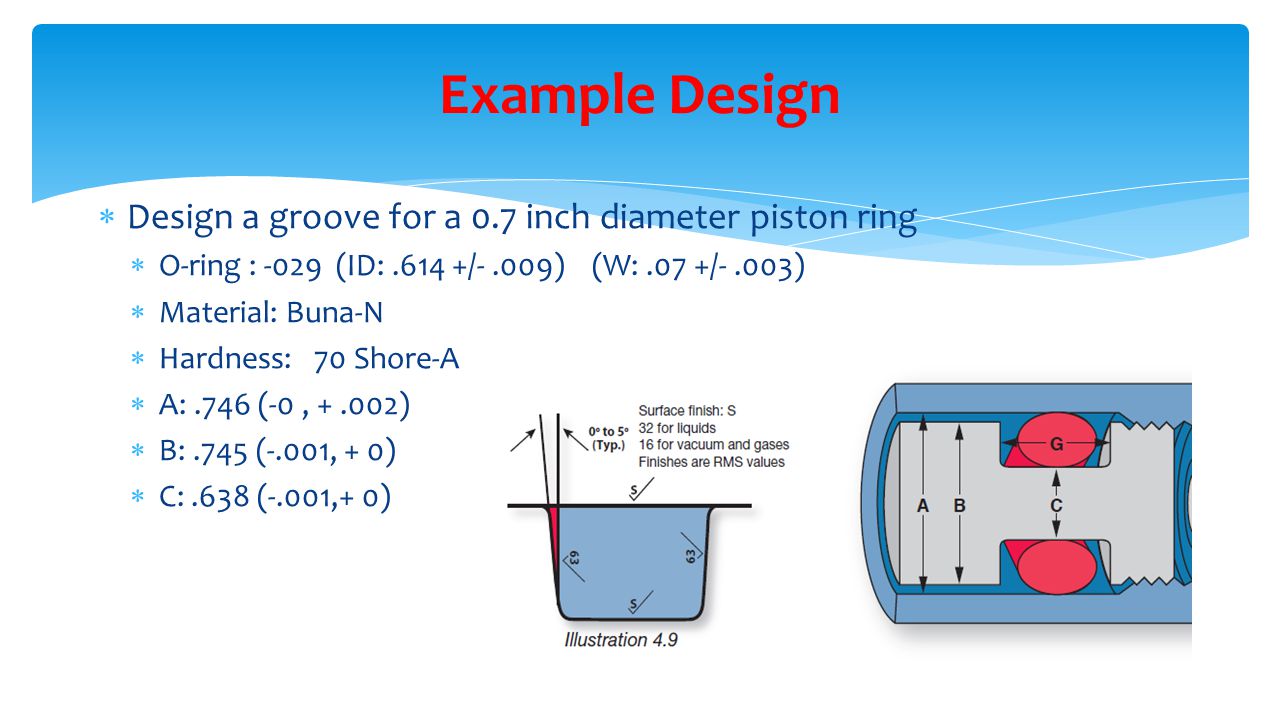



Design Of O Ring Seals Ppt Video Online Download




Seals Eastern End Cap O Ring Seal Design Guideline



Untitled Document
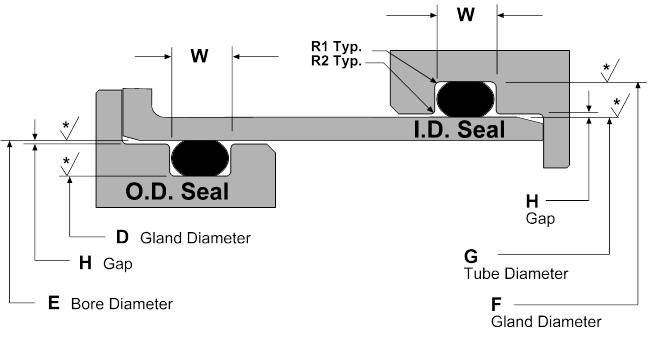



Static O Ring Design Chart Marco Rubber Plastics Custom O Rings Supplier
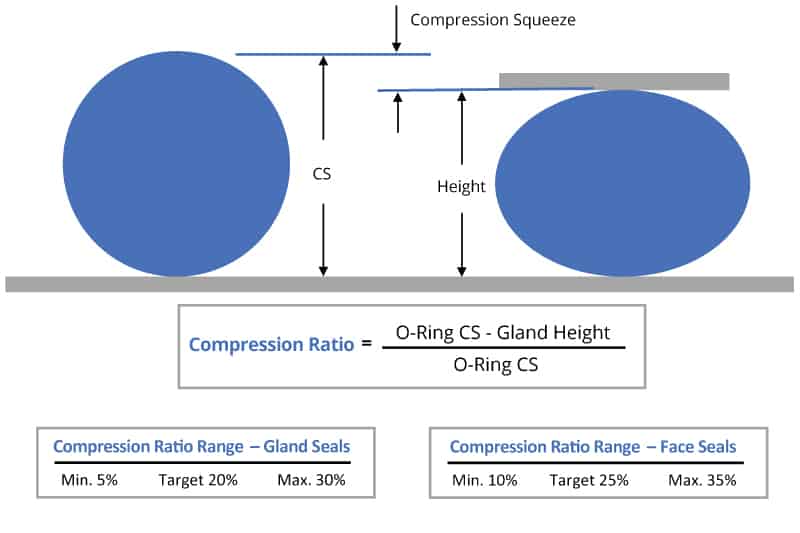



O Ring Groove Design Global O Ring And Seal



Roymech O Ring Seals




O Ring Groove Design Standard As568b Seal Design Inc



Static Axial Internal Pressure Gland Groove Design
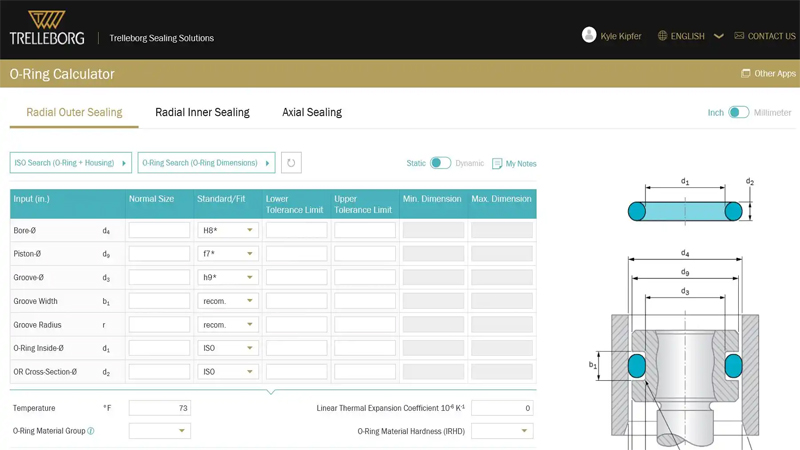



O Ring Calculator Trelleborg Sealing Solutions
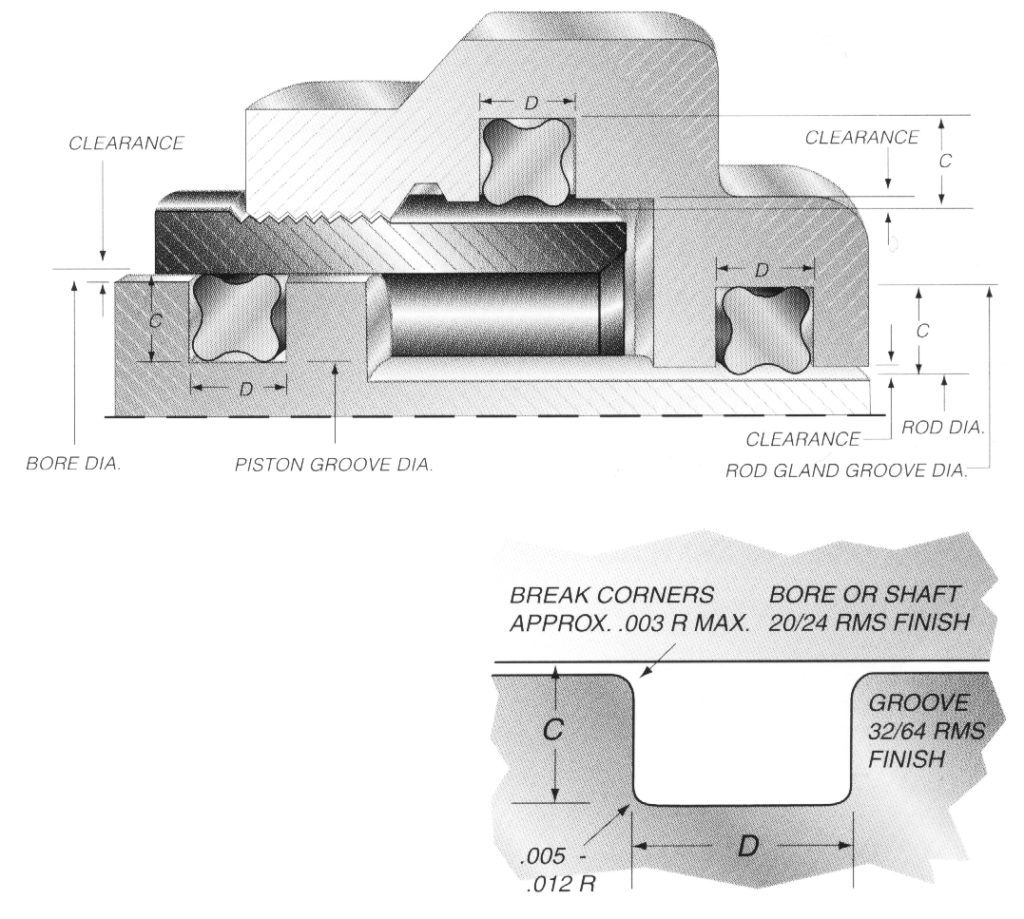



Quad Ring Groove Design Daemar Inc


